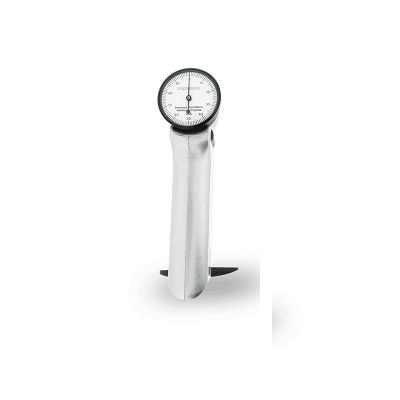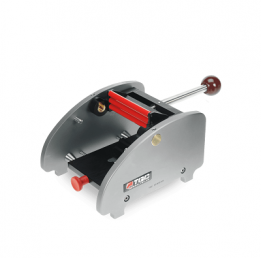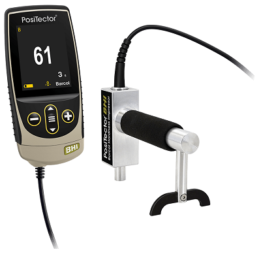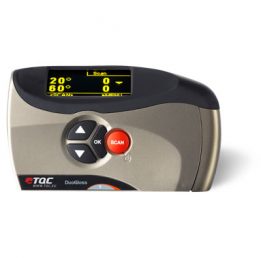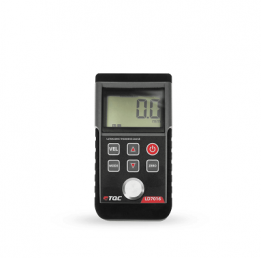Simple, portable instrument for testing the hardness of materials acc. to ASTM D2583. Originally called the Barber-Colman Impressor, the Barcol impressor was developed by Walter Colman as a hand-held, portable means of assessing the hardness of a material during World War II. The United States Army Air Corps required a hand-held method of checking the hardness of rivets due to concerns that aircraft could be sabotaged by replacing normal rivets with soft lead or wooden ones which would fail during flight. The impressor operates when the tip is pressed against the material in question. The hardness of the material determines how far the tip indents and this is transferred by a tension spring and lever to be read on a dial.
The Barcol hardness test is generally used on soft materials such as rigid plastics. It measures hardness based on indentation of a sharp point with a flat tip. The test is performed using a similar method and indentation device as that used to measure Shore D hardness however the Shore D indenter has a round tip. Barcol hardness is not a valid hardness measure for curved surfaces.
When pressure is applied to the device, a point penetrates the material and the degree of hardness is displayed on a dial, which is graduated from 0 to 100.
